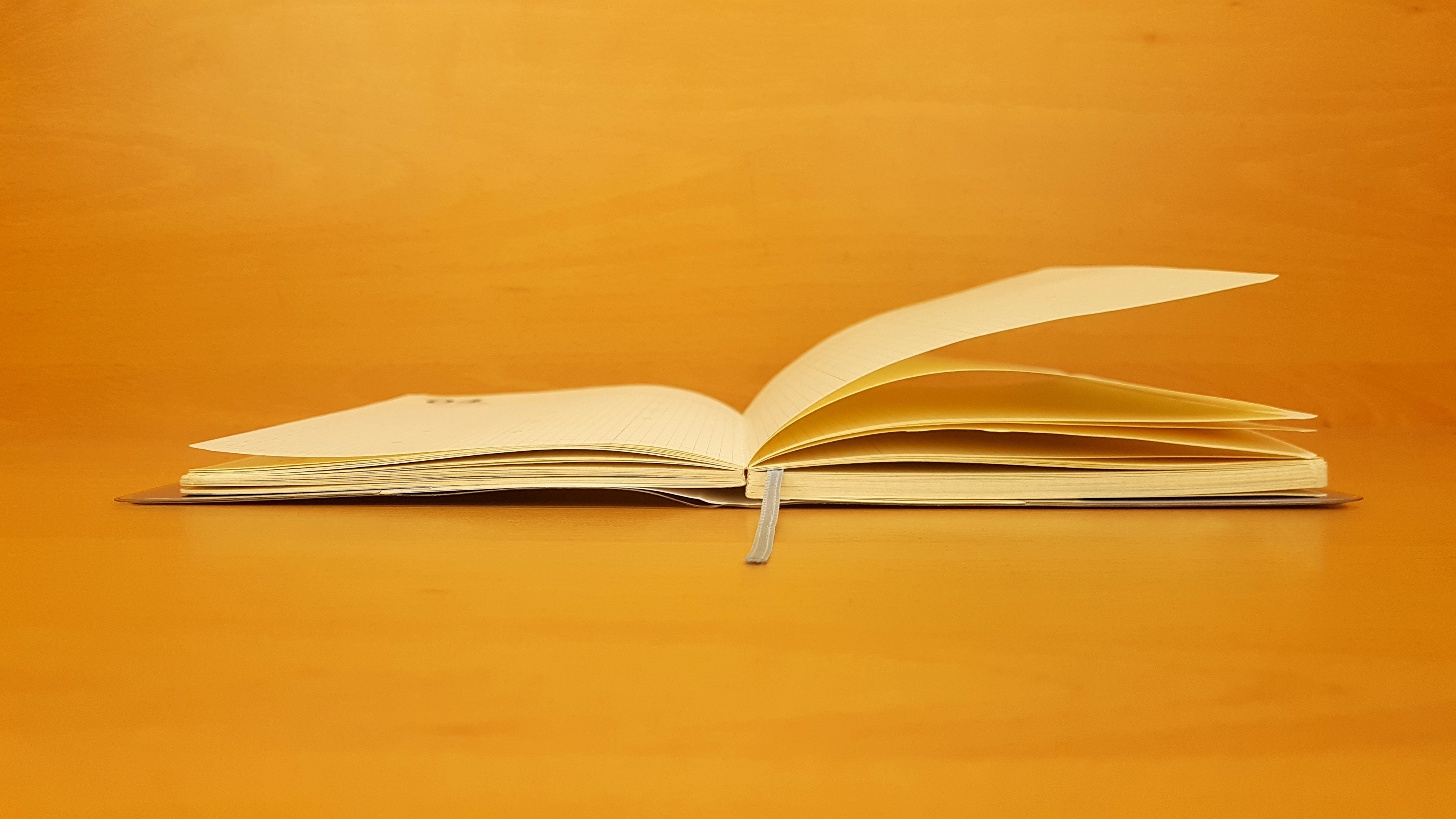When Richard Yates’s The Easter Parade came out in 1976, it was a Book of the Month Club selection, alongside Judith Guest’s Ordinary People. Yates—who’d achieved career-making acclaim with his first novel, Revolutionary Road, but less success with subsequent ones—was excited about his expanded readership. But he also called up his editor Sam Lawrence to express his worry that Delacorte planned to market the novel, which follows two sisters from the 1930s to the 1970s, as a “woman’s book.”
Yates was not the first or last male novelist (see also: Franzen) to worry that his work would be diminished by its association with women. Even today, women’s fiction remains a category in publishing—my own books are sometimes labeled that way—and I often wonder what it means. Is it a book that features women? Is it anything I write, because I’m a woman?
I was working on my new “woman’s book,” Dual Citizens, about two sisters and their complicated, life-long bond, when a friend suggested I read The Easter Parade. Like most people, the only Yates I’d read was Revolutionary Road. In the decades since his death in 1992, Revolutionary Road has kept Yates’s reputation alive; according to NPD BookScan, it has sold 483,000 copies in paperback since 2004, with over half of that coming after the release of the film version in 2008. The Easter Parade, by contrast, has sold just more than 10,000 copies in paperback since 2004.
It deserves more readers. I fell in love with it from the dark, once-upon-a-time cadence of its opening sentence: “Neither of the Grimes sisters would have a happy life, and looking back it always seemed that the trouble began with their parents’ divorce.” If this is a woman’s book, Yates is clear that it won’t be a light-hearted one. Emily and Sarah Grimes grow up with their alcoholic, self-deluding mother, Pookie, in a series of rental homes they can’t afford. Their father, who lives in New York City, is well-intentioned but distant, a copy-man at a newspaper who didn’t amount to much and knows it. The three women form an awkward triad, often struggling to find anything to talk about, yet forever implicated in each other’s lives.
Things look promising when Sarah meets a handsome, genteel neighbor, Tony Wilson. At the start of their courtship, he and Sarah dress up in their finest clothes, walk in the Easter Parade, and are photographed for the rotogravure section of the New York Times. But after this brief high point, the relationship goes precipitously downhill: Tony and Sarah have three children and descend into dysfunctional family life. They drink to excess; Sarah is isolated, her occasional attempts at writing going nowhere; Tony beats her.
Marriage is no happily-ever-after conclusion—it’s a prison that the prisoner has to pretend to enjoy. Little wonder that Emily mistrusts it. When Sarah tells Emily to marry one of her boyfriends, Emily snaps, “‘You’re always telling me to marry people, Sarah. You say that about every man I bring out here. Is marriage supposed to be the answer to everything?’ Sarah looked hurt. ‘It’s the answer to an awful lot of things.’”
They’re both wrong. Emily takes a different path from her sister; smart and studious, she attends Barnard, later working at magazines and in advertising. She has affairs with a number of men, most of them awful. (While I wouldn’t exactly call Yates a comic writer, Emily’s boyfriends star in a number of bleakly hilarious scenes.) Yates narrates Emily’s sexual experiences with frankness, her desire acknowledged without prudishness, and the issues that come along—one of her lovers is impotent, another is bisexual—are treated as matters of fact. She has two abortions, which Yates, again, presents without judgment. For a while she works on an essay about her experiences, and when she puts it away, it’s not because she’s traumatized or fearful of writing about abortion but because she can see, with her editor’s “gelid eye,” that the writing isn’t very good.
Yates based Emily in part on Natalie Bowen, a friend/girlfriend who worked as an editor at Putnam’s, and in part on himself. His own mother, Dookie, shared Pookie’s artistic ambitions and alcoholism, and he and his sister Ruth grew up in an environment that exactly tracks Sarah and Emily’s. The novel remains autobiographical throughout, from Sarah’s move to an under-maintained family estate on Long Island to Pookie’s eventual institutionalization.
In middle-age Emily, Yates’s stand-in, meets Jack Flanders, a poet who also seems a stand-in for Yates, animating a love affair between two versions of the same person. Flanders asks her to accompany him to the Iowa Writers’ Workshop, where he’s been invited to teach for two years. As Jack struggles to work and teach—evoking Yates’s own experience at Iowa, when experimental writers like the Chilean novelist José Donoso competed with traditional realists like himself—he traps Emily in the web of his narcissism and despair. Insisting on writing in the main room of the house, he tells her, “I like being able to look up and see you. Moving in and out of the kitchen, hauling the vacuum cleaner.”
Emily tries to write too, but can’t, and Yates’s portrait of a woman stifled by male ego is so acute here. When she turns down Jack’s proposal of marriage and family and goes back to New York alone, it seems an excellent choice, no matter what the consequences might be.
Of course the consequences, Yates being a poet of life’s everyday brutality, are not good. Emily suffers just as much as Sarah does; her independent life is every bit as poisonous as Sarah’s housebound one. When her nephew Peter tells her admiringly, “You’ve always struck me as the original liberated woman,” the observation lands grimly and without solace.
The Easter Parade covers 40 years of massive social changes in the lives of women, but it offers almost no lengthy descriptions of the era or deliberations on what these changes mean. Instead Yates presents a compressed montage of brisk, vivid scenes, each one a masterpiece of gesture and detail. Late in life Sarah and Emily meet in a coffee shop to discuss the possibility of Sarah leaving Tony. In the middle of the scene, the narrative gaze travels to a booth across the aisle, where “a couple of young lovers were murmuring, side by side, the girl’s fingers tracing little elliptical patterns on the inner thigh of the boy’s tight, well-faded blue jeans.” It’s a tiny but electric shock of youthful sensuality that contrasts sharply with the sisters’ tense conversation. Sarah and Emily are alone together, while sex and pleasure sit nearby, almost close enough to touch.
The Easter Parade may be harsh in the fates it hands to Sarah and Emily, but it’s also even-handed in its treatment of them, two women who straddle the radical shifts of the twentieth century and discover that any path they might take is vexed with difficulty. And though neither of them makes good on their desire to write, Yates never treats their aspirations as foolish. Like the Grimes sisters, the characters in my novel have artistic ambitions that are hard to realize, and in The Easter Parade’s troubled women I found both historical connection and timeless resonance.
Yates himself was hardly a feminist. As Blake Bailey outlines in his well-wrought and wildly depressing biography, A Tragic Honesty, Yates was old-fashioned in his aesthetic and political values, and he was a pretty bad husband too. Yet he also lived his life among women—first his mother and sister, then his two wives and three daughters and assorted girlfriends—and from the evidence he understood a great deal about their lives. I think The Easter Parade is an inadvertent feminist classic, a woman’s book in the best possible meaning of that fraught term.
This piece was produced in partnership with Publishers Weekly and also appeared on publishersweekly.com.
Image credit: ASTERISK.











